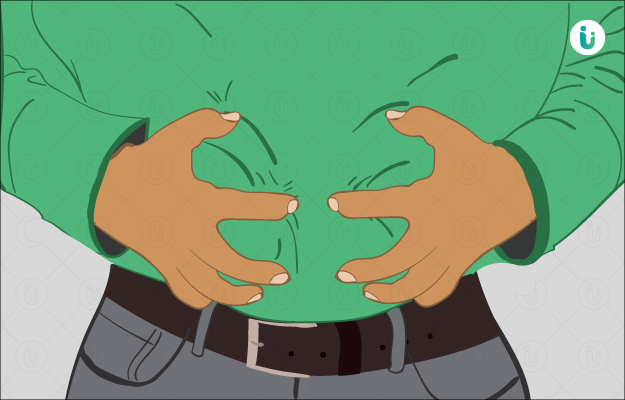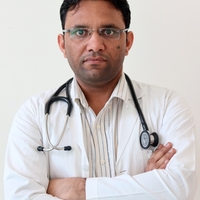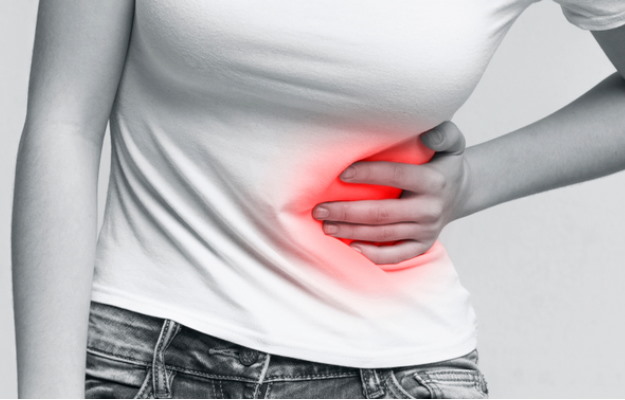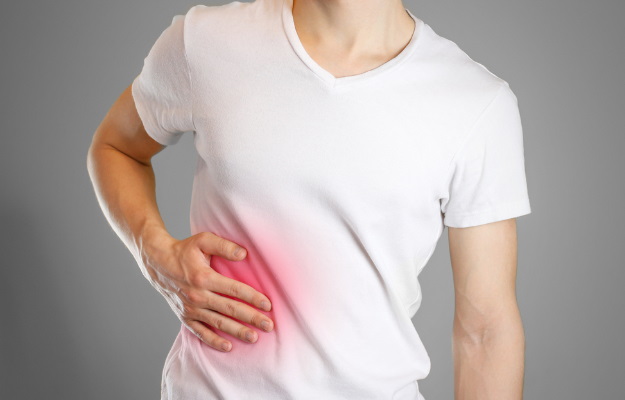Summary
Stomach pain is a wide term usually used for pain in the abdominal region (the area between the chest and the groin). The abdomen contains many organs besides stomach such as liver, pancreas, gallbladder, intestine, reproductive organs (or sex organs), urinary bladder etc. Hence, stomach pain can occur because of malfunction, injury, infection, or inflammation (swelling) etc. of any of these organs.
Everyone, at some point of time, has gone through a stomach ache. It is very common, usually short-lived and often not serious, but sometimes it can indicate a serious underlying medical condition.
Treatment typically depends upon the underlying cause and are of the abdominal pain. It will usually involve medicines, fluid replacement, self-care including rest, and in rare instances, surgical intervention.



 Doctors for Stomach ache
Doctors for Stomach ache  OTC Medicines for Stomach ache
OTC Medicines for Stomach ache
 Lab tests for Stomach ache
Lab tests for Stomach ache Stomach ache articles
Stomach ache articles

 Ayurvedic Treatment of Stomach ache
Ayurvedic Treatment of Stomach ache
 First Aid for Stomach ache
First Aid for Stomach ache
 Home Remedies for Stomach ache
Home Remedies for Stomach ache
 Homeopathic Treatment of Stomach ache
Homeopathic Treatment of Stomach ache
 Yoga for Stomach ache
Yoga for Stomach ache














 Editorial Team
Editorial Team
















